
How to Build Garter Snake Habitats. A garter snake is a small snake found in many parts of North America, and is sold in some pet stores as an ideal pet for reptile-lovers and individuals with allergies. Garter snakes must be housed in a cage that is designed to meet all of their needs, including ample hiding locations, safe substrate, adequate ventilation, consistent heat, timed lighting and a bathing location. The items needed to build a garter snake cage can be purchased at many pet, craft and hardware stores, or from online retailers.
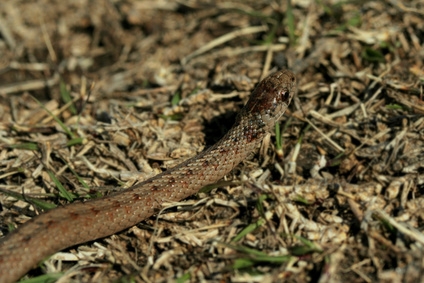
Place an aquarium or a plastic reptile vivarium on a level, stable surface that is not in direct sunlight or near an air vent. An aquarium stand, dresser or desk are all suitable locations for the cage. The combined length and width of the cage should be no less than the total length of the snake. The height is not important, since garter snakes are terrestrial; a short cage will be easier to heat than a tall cage, however. Purchase a lid if it doesn't have one. Make sure the lid fits the cage completely and doesn't leave any gaps for the snake to escape through. The lid should have air vents, air holes or should be partially or completely made of a fine screen or mesh.
Place a heating pad under approximately half of the cage. Do not place the heating pad under the entire cage. Snakes must control their body temperature by moving to cool areas when they get too warm, and by moving to warm areas when they get too cool. If you place a heating pad under the entire cage, the snake will not be able to cool off when too hot.
Pour substrate onto the bottom of the cage. Wood chips, except for pine and cedar, and shredded newspaper are both appropriate substrates for snakes. The material should cover the entire bottom of the cage so that the snake doesn't rest directly on top of the heating pad, which may cause it burns.
Place a water dish large enough for the snake to bathe in on the cool side of the cage. Remove the substrate from the area you place the dish so that it is not unstable. Place at least one hiding spot on the warm side of the cage, and another warm spot on the cold side of the cage. A hiding spot can be as simple as a cardboard tube from a roll of paper towels, or it can be a complex shelter purchased at a pet store.
Align a lamp near the cage so that it shines directly onto approximately half of the cage. Do not use a heating lamp in addition to the heating pad, or else the cage may become too warm. An LED light bulb will last longer and consume less electricity than a CFL bulb. If you use a heating bulb instead of a heating pad, the lamp must have a ceramic socket to avoid catching on fire. The lamp should be shut off at night; you can either shut it off manually, or you can connect it to a timer that will automatically cut off electricity to the lamp during certain periods of time.
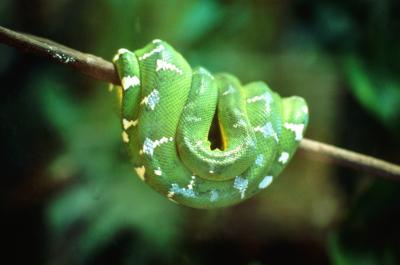 Green Snake Facts
Green Snake Facts
Green Snake Facts. O
Green Snake Facts
Green Snake Facts
Green Snake Facts. O
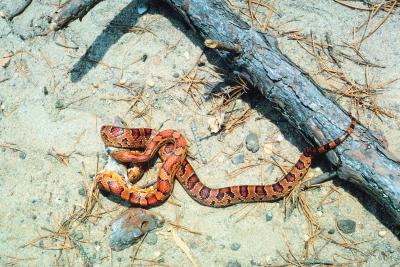 How to Tell if Corn Snakes Are Male or Female
How to Tell if Corn Snakes Are Male or Female
How to Tell if Corn Snakes Are Male or Female
How to Tell if Corn Snakes Are Male or Female
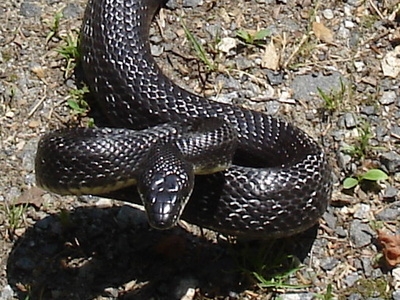 Black Snake Diet
Black Snake Diet
Black Snake Diet. Bla
Black Snake Diet
Black Snake Diet
Black Snake Diet. Bla
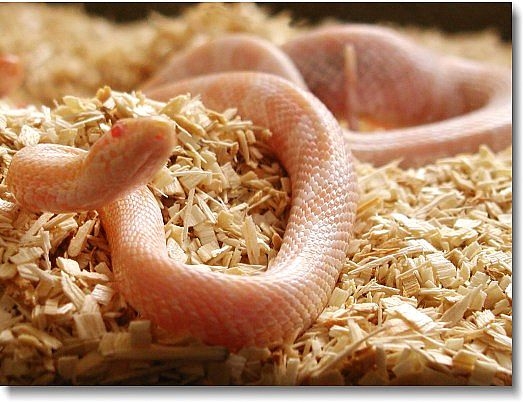 How to Make a Home Made Live Snake Trap (for Small-medium Snakes)
How to Make a Home Made Live Snake Trap (for S
How to Make a Home Made Live Snake Trap (for Small-medium Snakes)
How to Make a Home Made Live Snake Trap (for S
 How to Know If a Ball Python Is a Boy or Girl
How to Know If a Ball Python Is a Boy or Girl
How to Know If a Ball Python Is a Boy or Girl
How to Know If a Ball Python Is a Boy or Girl
Copyright © 2005-2016 Pet Information All Rights Reserved
Contact us: www162date@outlook.com